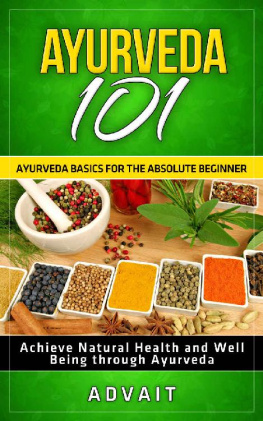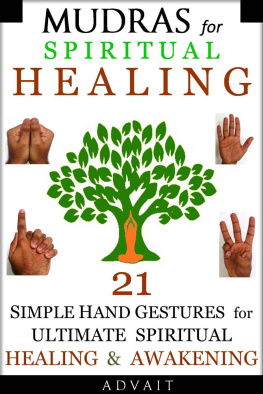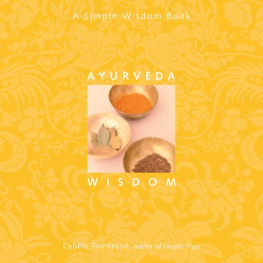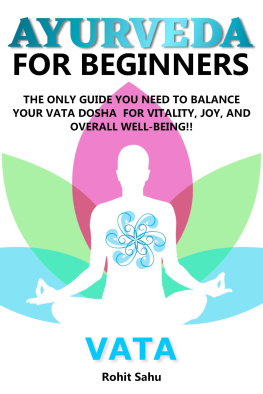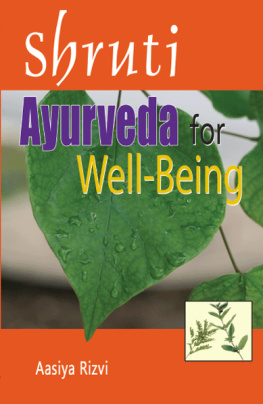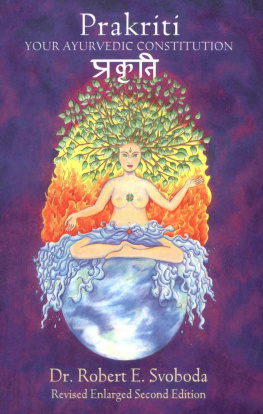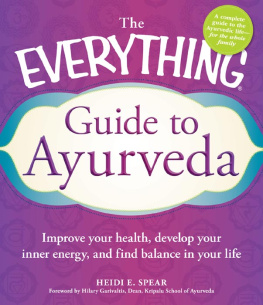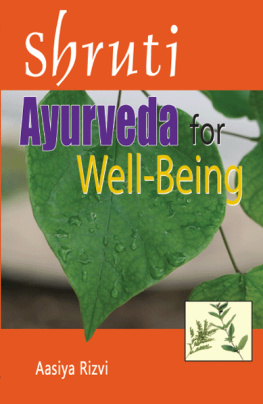Ayurveda ( ) is an ancient system of health care that is native to the Indian subcontinent. It is presently in daily use by millions of people in India and it is been hugely appreciated and followed by millions of people across the globe as a holistic approach to health and well being.
Where, Ayushya means Life and Veda means Wisdom / Knowledge.
Thus, Ayurveda Literally means, the knowledge of life.
Ayurveda is concerned with measures to protect "Ayushya" (Life), which is achieved through a healthy living along with therapeutic measures that relate to physical, mental, social and spiritual harmony.
Ayurveda has documented cures, for various diseases considered as incurable by modern medical science. Also, most of the modern drugs and medicines are known to have hazardous side-effects while Ayurvedic remedies have none.
People all over the world are now realizing the effectiveness of herbal remedies and are accepting Ayurveda in to their lives.
Utpatti
Origin of Ayurveda
Mythical origin
According to the mythical accounts, the Ayurveda is attributed to Lord Brahma The Three Headed Hindu God, regarded as the Creator of the Universe.
Lord Brahma then handed it over to Daksha Prajapati The Hindu equivalent of Adam.
Daksha Prajapati passed it on to Indra, the King of the Gods.
Indra then taught it to Rishi Bharadwaj, the first of the Maha Yogis.
And, Rishi Bharadwaj passed it on to his disciples who further spread it throughout the Indian sub-continent.
Historical Origin
In the ancient Vedic times, knowledge or information, was never recorded over physical entities, i.e. documentation of information on physical medium like paper (Indian Papyrus called as Tamrapatra) was never done.
The teachers used to recite the Vedas and other scripts in front of their disciples and they used to learn it by heart and recall it whenever they required it.
Due to this tradition no one really knows when Ayurveda came into being and the historical origin is the first time when Ayurveda was mentioned in Vedic texts, but Ayurveda is believed to have existed for at least 5000 years before the first mention of it in Vedic texts.
The first historical mention of Ayurveda is attributed to Maharshi Agnivesh in his work Agnivesh Tantra . [around 6 th Century B.C.]
This works were later redacted and revived by Maharshi Charaka and it later became widely known as Charaka Sanhita . [1 st Century A.D.] (Which formed the basis of Modern Ayurveda.)
The Surgical science under Ayurveda was studied and researched by Maharshi Dhanvantari much earlier i.e. around 4 th -5 th Century B.C.
Maharshi Dhanvantari is regarded and worshipped in India as the God of Medicine and Surgery. His disciple Sushruta further created his own work on Ayurveda based on Dhanvantaris and his own observations and experiments. His work is widely known as the Sushruta Sanhita and forms the basis of modern day surgical science.
Ashtaangaveda
The Eight branches of Ayurveda
Ayurveda is further classified in eight different branches which deal with different aspects of medicinal science. They are;
#1 Kaaya Chikitsa Tantra Science of Internal Medicines.
#2 Shalya Chikitsa Science of Surgery.
#3 Shalakya Tantra Branch of Ayurveda which deals with Ears, Nose, Throat & Eyes.
#4 Kaumaarbhritya Tantra Science of Pediatrics.
#5 Aagada Tantra Toxicology
#6 Vajikarana Tantra Science of Genetics.
#7 Rasaayana Tantra Science of Longevity and Health through Food.
#8 Bhuta Vidya Science of Psychiatry and Spiritual Healing.
Panch Maha Bhutas
The Five Fundamental Elements
According to Ayurveda, our entire world is made of the five fundamental elements called as The Panch-Maha-Bhutas. The five elements being;
#1 Prithvi which means Earth
#2 Jal which means Water
#3 Agni which means Fire
#4 Vaayu which means Wind and
#5 Aakash which means Space/Vacuum.
They are also called the earth element, water element, fire element, wind element and space element.
These five elements constitute the human body the nutrients from the soil (earth) are absorbed by the plants which we consume (thus we survive on the earth element), the blood flowing through own veins represents the water element, the body heat represents the fire element, the oxygen we inhale and the carbon dioxide we exhale represents the wind element and the sinuses we have in our nose and skull represent the space element.
As long as these five elements in our body are balanced and maintain appropriate levels we remain healthy. An imbalance of these elements in the human body leads to a deteriorated health and diseases.
The basic principle of Ayurveda is that the entire cosmos or universe is part of one singular absolute.
Everything that exists in the vast external universe (macrocosm) also appears in the internal cosmos of the human body (microcosm). The human body consisting of hundreds of millions of cells, when healthy, is in harmony, self-perpetuating and self-correcting just as the universe is.
In the ancient Ayurvedic text, Charaka Sanhita , Mahrshi Charaka says Yat Pinde, Tat Bramhande which means;
"Man is the epitome of the universe. Within man, there is as much diversity as in the world outside. Similarly, the outside world is as diverse as human beings themselves."
In other words, all human beings are a living microcosm of the universe and the universe is a living macrocosm of human beings.
Sapta-Dhatu
The Seven Body Tissues
In Ayurveda all the constituents that make up a human body are divided into seven broad categories known as Sapta-Dhatus.
#1 Rasa Dhatu Metabolic Juices and Plasma (The Digestive Syste).
#2 Rakta Dhatu Blood (Circulatory system).
#3 Mamsa Dhatu Muscles and Tendons (Muscular System).
#4 Med Dhatu Bodily Fat.
#5 Majja Dhatu Bone Marrow.

